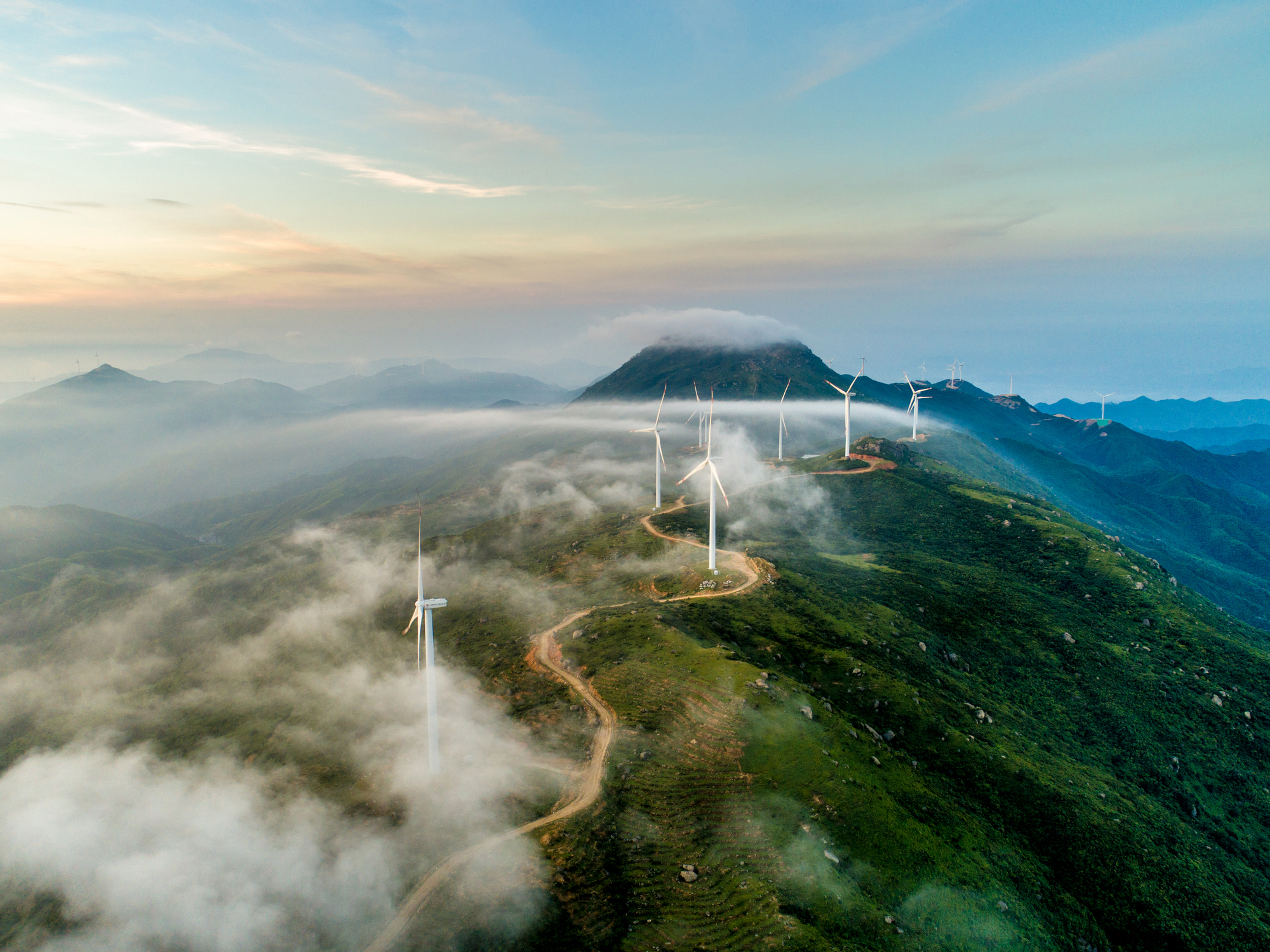On Monday, July 18, 2022, Leslie Maasdorp, Vice President and Chief Financial Officer of New Development Bank, delivered remarks at the US-China International Seminar Series on Transition Finance. His speech is below.
Good evening, ladies and gentlemen. Let me start by thanking the Green Finance Center of the Paulson Institute, the Institute of Finance and Sustainability, as well as the Green Finance Committee of the China Society for Finance and Banking, for this initiative in facilitating this roundtable discussion.
I think it is very important at this moment to share perspectives on the opportunities and the challenges of transition finance and also best practices. We’re living at a very interesting moment today. As we know, 2021 was very much defined by COP 26 in raising the bar around sustainability, and specifically placing the role of the financial sector and the capital markets right at the center of enabling the transition towards net-zero. In 2021, governments, corporations, companies, and almost every industry were making pledges and commitments of reaching net zero by 2050. The key point is what role will the financial sector play in enabling that transition?
Development banks including New Development Bank have a very unique and a catalytic role to play in enabling this transition to a low carbon future. Multilateral banks, by definition, have development impact as our core objective, and we are pivoting away from our traditional model of financing infrastructure, e.g., the building of roads, bridges, ports and so on, towards climate finance. For instance, the New Development Bank has just finalized its new five-year strategy and set out that 40 percent of its future activities will be focused on climate finance. So almost half of bank’s supporting activities will be focused on climate mitigation and climate adaptation.
Today, one of the critical roles for public policymakers, regulators, central banks and so on is to define transition finance framework, because for market participants to play their roles, these frameworks have to be defined. Let me give you one example. Over the last few years, as we know, there’s been an evolution of a multiplicity of green standards and various taxonomies. There’s been efforts underway and continuing efforts trying to harmonize these standards so that we have uniform, globally recognized, transparent standards that we can all agree to.
Similarly, I think transition finance requires a policy framework that can provide the underpinnings for what we mean as we talk about transition finance. From multilateral banks’ perspective, I think one of our core roles is to continue this effort to redesign our activities towards mobilizing private sector finance. About seven years ago, in 2015 at the G20 Natalia, a decision was made that multilateral development banks ought to move away from using their balance sheets, and use their capital in more catalytic ways in order to improve the risk return profile of their financed sustainable infrastructure projects and bring in more institutional investor capital. Looking at the balance sheet size, the leading multilateral banks constitute roughly about just over $2 trillion. Yet the entire pool of savings within the institutional investor community, including pension funds, asset managers as well as sovereign wealth funds is around $130 trillion. Therefore, our role is to use our capital in much more imaginative ways, to crowd in and mobilize more private sector finance.
In this regard, New Development Bank is now looking at how it can shape transition finance frameworks in our member countries. I’ll give you one example. In South Africa, we have one province called Mpumalanga where most of the coal-fired power stations and coal industry is located. Eighty percent of the energy grid in South Africa is coal-based. There’s a major initiative underway to ensure that we have a just transition away from a grid that is fundamentally based on coal, towards a more appropriate energy mix with new sources of power including renewable energy, solar, wind, as well as battery energy storage. In this process, the New Development Bank hope to contribute towards the training and retraining of workers, the creation of new industries, for example, green hydrogen, so that as you phase out the coal mines and the coal-fired power stations while creating sunrise industries. So that as a result, the displaced workers can be employed and live productive lives in these new industries. In short, there’s a major initiative underway that development banks are steering towards their transition finance.
I’d like to wish you well in your deliberations and look forward to interacting with many of you when I return to Shanghai in a few weeks, thank you very much.





